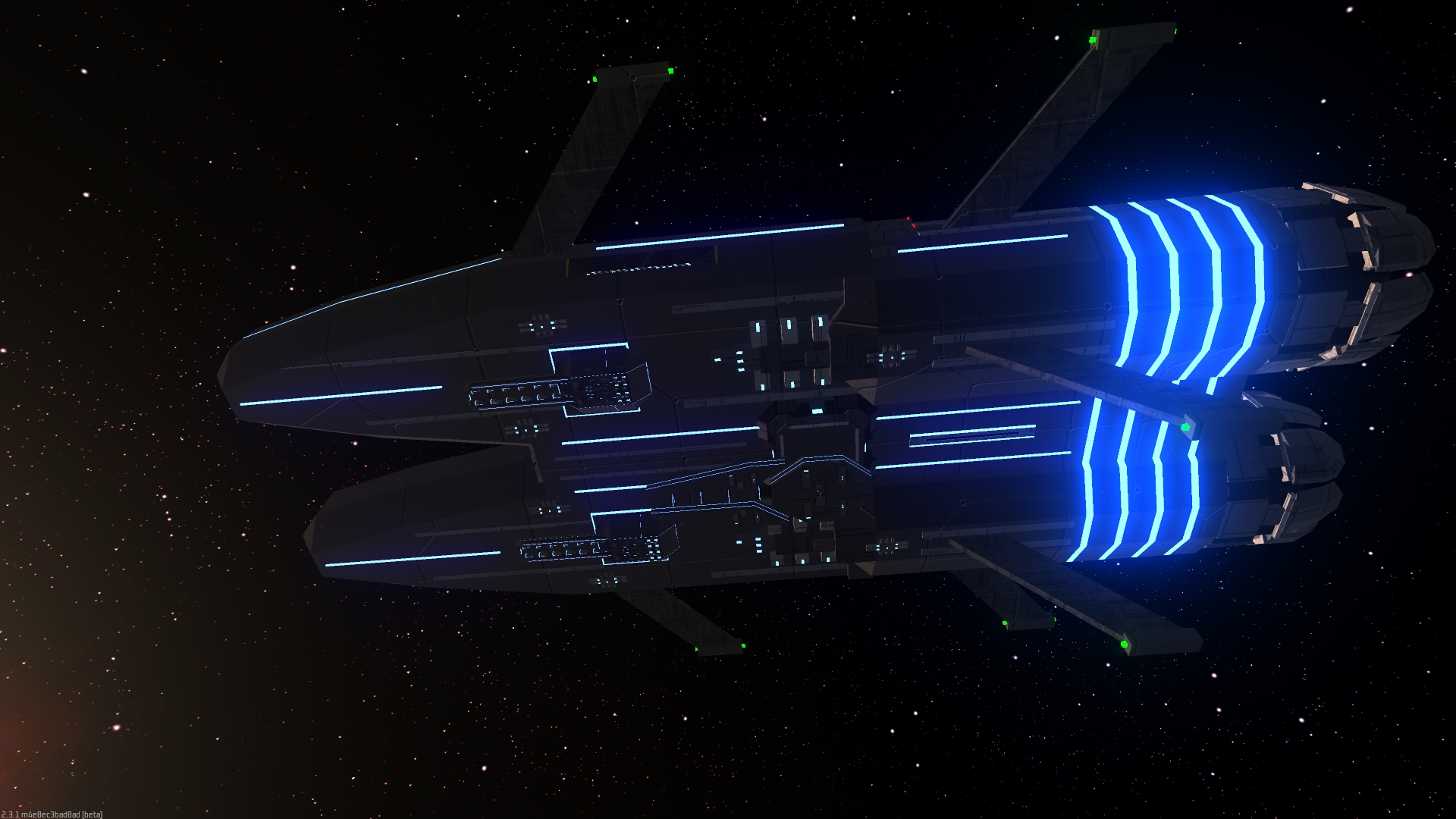Gwell
A sentient species that resembles bacteria and whose primary habitat are inside Leviathan Troznux. Despite their appearance, they are typically about as large as a human and often slightly heavier. They can vary significantly in appearance, but all gwell share some universal features such as arms and hands which allow them to manipulate. This and their sentience allows them to construct technologies although they are limited to their host creatures. This has allowed them to endure for a long time and evolve divergently but has largely limited their technological progresss due to the ~5000 year lifespans of their hosts. Sometimes, gwell industrialisation can be harmful to the host which reduces their lifespan.
They often have tentacles which allow them to stick to surfaces in leviathan organs and allow locomotion. They are also very flexible and can sometimes seem almost jelly-like. they have few strong bones, sometimes none, to resist the gravitation of the host. Those without bones have mostly strong tissue holding them together.
They probably reproduce through mitosis. The gwell can reproduce very fast, but are limited to the rate of leviathan reproduction as well. They have somewhat modified leviathan genetics for improved gwell safety and comfort with little cost to the host. They can also slightly influence leviathan reproduction by emitting the chemical involved in driving leviathan reproduction. After mitosis, the gwell can grow to full size in about 10 years.
The gwell can manipulate using a number of long tentacles which are strong enough to hold tools and carry heavy objects and presice enough to create intricate components with these tools. They have become sentient due to the massive amount of energy available to them in the Leviathan Troznux they live in. One common power source is to use the pressure flow of the host's blood to generate electricity. A less common and more polluting method to generate power is to burn biomass to heat up steam. Blood power requires the use of a major vein but can be emplyed on a large scale and harms the host much less. Though a member of the HF, they cannot easily survive on HF starships. They require many resources from their host and cannot see. They navigate with large antennae that work similar to sonar. However, the HF has built suits that isolate them from the HF atmosphere and provide all their needs while still allowing the antennae to function. The gwell can vary between different geographic locations (leviathan organs) and leviathans. They can exchange various gwell subspecies between each other, and gwell can travel between leviathans similar to tourism or immigration. The gwell can assist its host in various tasks dpending on which organ they are placed in so this can cause significant physiological differences between each subspecies. Very rarely, a gwell might communicate directly to its host. This can usually be done through HF technology. The gwell can notify its host about many situations that happen within it's body such as a very early warning against infections. This is usually done in relatively dire situations. The vast majority of gwell never communicate to a host though, so doing so is seen as a massive cultural event. The gwell have been subject to a lot of scientific study and curiosity through history. Some people are willing to enter the leviathan microbiome to study them.


Comments